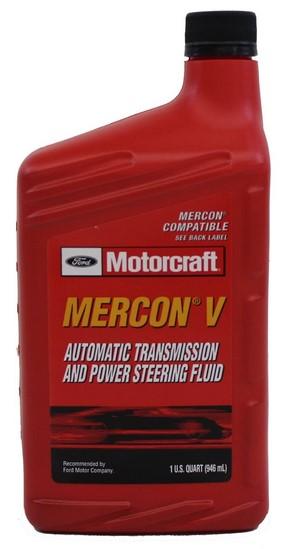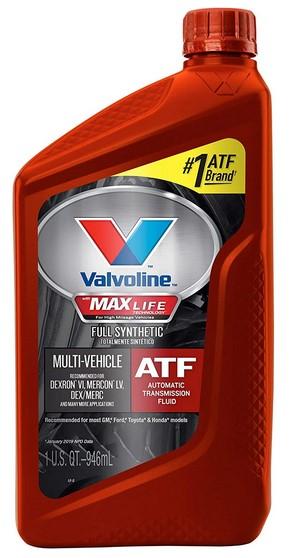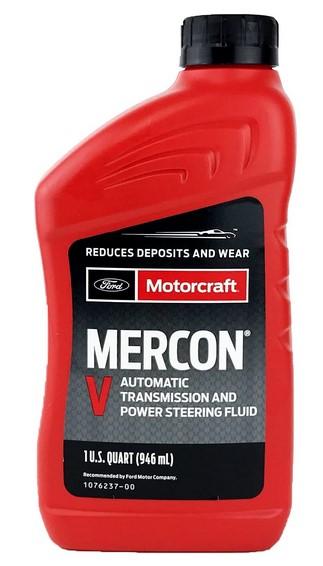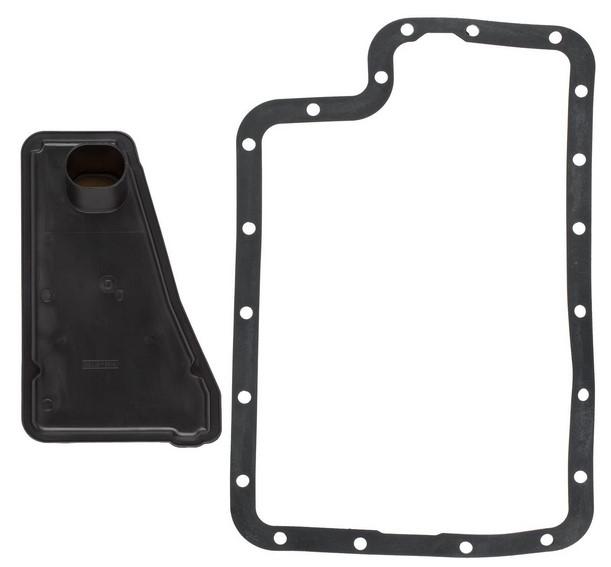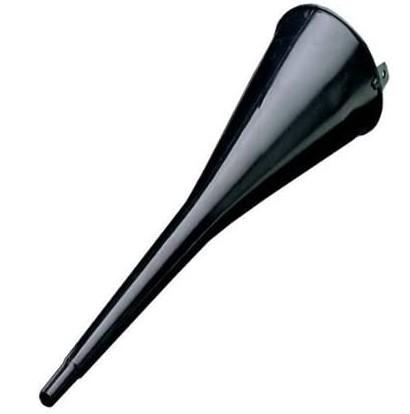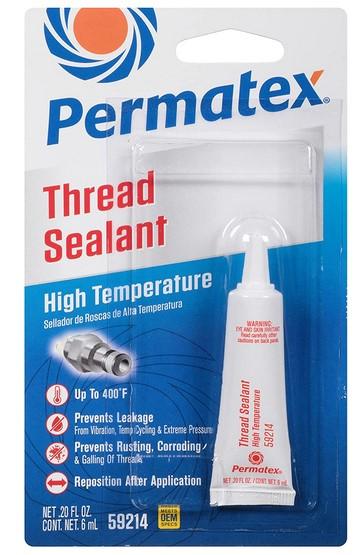Changing the transmission fluid in your 7.3 powerstroke on a regular basis is a must-do if you want your automobile to run well. The cost of this service is generally considerably more than that of doing it at a professional garage. In this article, we provide the most precise transmission fluid recommendations so you can do the job yourself correctly.
The oil in the gearbox must be changed at specific intervals in order to improve its life, usually once every 30,000–60,000 miles sometimes more – check your owner’s handbook for service intervals). You may have difficulty shifting if the transmission fluid becomes old. Your car may become sluggish or stop at red lights when you don’t change your fluids on a regular basis. To find out how often you need to change your fluids, consult your owner’s handbook; however , you can also learn how to diagnose and repair problems on your own.

What Does Transmission Fluid Do?

There are a lot of liquids in your automobile. Gas, oil, windscreen wash fluid, brake fluid, and transmission fluid are just a few examples. Transmission fluid is definitely one of the most critical fluids. It’s an oil that keeps the gears in your transmission cool and lubricated. Over time, it degrades and becomes ineffective if you don’t replace it on a regular basis, causing your gearbox to overheat and fail.
Your transmission fluid deteriorates more quickly if you drive your automobile aggressively—stop-and-go city traffic, towing a boat or other heavy goods on trailers, or transporting heavy loads. The transmission temperature rises when you’re hard on your car, putting a strain on the transmission and its fluids.
The hotter the transmission fluid, the more miles you drive, which discolors and burns as it depletes. If it reaches a level at which it begins to burn, your transmission may be damaged or fail. A few hundred dollars for a transmission flush may save you thousands of dollars in repair costs if your car’s transmission oil has been consumed.
Ford 7.3L Powerstroke Specifications
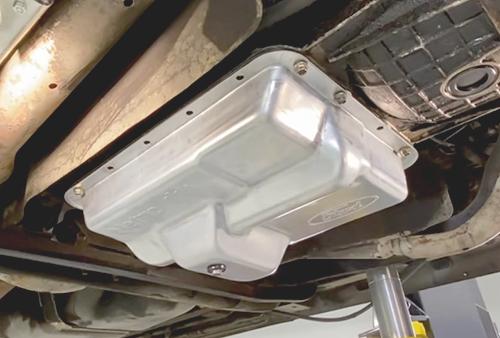
The 7.3L Power Stroke diesel was developed to replace the discontinued 7.3L IDI. Although the engines have identical displacement, they are not comparable in terms of design and should not be compared to one another. The International Navistar Power Stroke is a turbocharged, direct injection diesel engine. Ford owns the “PowerStroke” trademark, so you’ll only find the 7.3 “PowerStroke” in Ford automobiles. The engine is based on International’s T444E design, which has several minor variations designed specifically for Ford applications.
The 7.3L Power Stroke diesel engine has a highly efficient hydraulic electronic unit injector (HEUI) injection system that produces fuel pressure directly in the injector body rather than requiring a conventional injector pump. In place of an injection pump, the 7.3L Power Stroke engine has a high-pressure oil pump (HPOP) and a low-pressure lift pump. The 7.3L Power Stroke engine needs a high-pressure oil pump (HPOP) and a low-pressure lift pump instead of an injection pump to create pressures up to 21,000 psi. The transition from mechanical injection to HEUI was expected to result in improved performance, lower emissions, and better fuel efficiency as a result of improved fuel atomization and more fine control over induction events.
The Ford F-Series International powered F-Series trucks’ popularity is evident in its manufacturing statistics, which greatly exceeded those of any competing manufacturer’s diesel sales. By 1999, dealerships had sold 1 million Power Stroke vehicles with a diesel engine. Following the launch of the Super Duty platform, demand for the 7.3L Power Stroke climbed dramatically following its introduction in 2002. The 7.3L Power Stroke has been recognized as one of the most popular engines available in a truck, owing to its reputation for dependability and longevity.
The 7.3L diesel engine was phased out during the 2003 model year because of a growing demand for fuel efficiency and significantly lower emissions. The new, smaller 6.0L Power Stroke was introduced alongside the old, larger 7.3L PowerStroke for the 2003 MY. By 2004, the 6.0L Power Stroke had entirely replaced the 7.3L diesel engine .
7.3L Powerstroke Transmission Options
- The ZF S5-47 was a 5 speed manual gearbox that was fitted to the Nissan Cefiro, March/Sierra, Pulsar NX and Renga models. It is no longer available.
- The diesel E4OD 4-speed automatic transmission was made available from 1994 to 1998.
- The SKF S6-650 6 gear automatic transmission is for the 1999 to 2003 model years.
- Ford 4R110 four-speed automatic gearbox – available beginning in 1999 and continuing through 2003.
What type of transmission fluid does Ford 7.3 take?
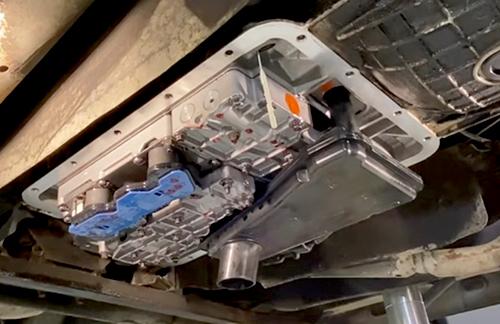
Ford discontinued MERCON and replaced it with a new version that was compatible with prior transmissions featuring MERCON. The fluid in your 4R100 now is MERCON V, as opposed to the previous 0W-20. While it’s true that 230F isn’t an issue, there are some things you should know about this change. What sort of transmission fluid is suitable for a Ford F250? ATFT Type III (H) is a high-performance automatic transmission fluid designed for use in a variety of passenger cars and light trucks.
What is the nature of Ford’s gearbox transmission? What sort of transmission fluid does a Ford utilize? The transmission fluid that has been recommended by Toyota, GM, and Ford is Mercon V. For antique gearbox applications, Chrysler recommends ATF+4 fluids.
Is it possible to clean the transmission fluid of diesel injectors? In diesel fuel, there is a type of fluid known as automatic transmission fluid. Has anyone heard of adding a quart of ATF to their diesel fuel to clean the injectors? Every 1000 hours, a quart in 50 gallons. The fuel system may be cleaned with detergents in ATF.
7.3L Manual Transmission Fluid:
- Specs: ZF S5 5-speed / ZF S6 6-speed
- Capacity – Quarts: 3.4 quarts / 5.8 quarts
7.3L Auto Transmission Fluid:
- Specs: E40D 4×2 / E40D 4×4 / 4R100
- Capacity – Quarts: 15.9 quarts / 16.4 quarts / 17.1-17.7 quarts
When do you need to change the Ford 7.3L Transmission Fluid?
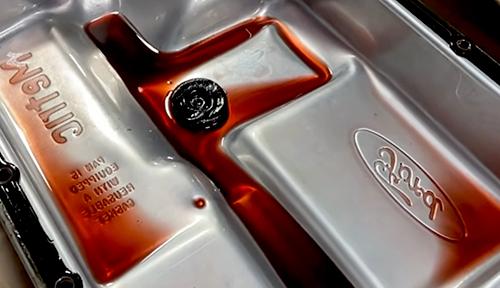
Fluid is low
This is a no-brainer. Low fluid levels might be a sign that your fluid needs to be replaced. Your transmission shouldn’t leak easily, but it can if a leak develops over time. If your transmission fluid is insufficient, it’s time to drain the remnants and give it another go.
Fluid leaks
This is another issue that goes hand in hand with low fluid. You’re more likely to discover a leak than to crawl underneath the hood and check the levels, but it’s typical. Leaks aren’t enjoyable, whether under your vehicle or anywhere else. They’re an indication of a problem. The issue for your automobile might be a leaking transmission.
Dark colored fluid
Let’s take a look at where we started. The initial color of automatic transmission fluid is generally pink or red, which looks fantastic. If it becomes soiled, discolored, or blackened, however, Houston has a transmission fluid issue.
Performance problems
If you’ve forgotten how to drive a stick shift, have you tried your car’s automatic transmission? Is it as straightforward as it was when you attempted to drive a stick shift, given that it can’t be that difficult? That isn’t a good sign. If your transmission is making strange noises or has difficulties changing gears, there may be an issue with your transmission fluid.
How to Check Transmission Fluids on Ford 7.3L
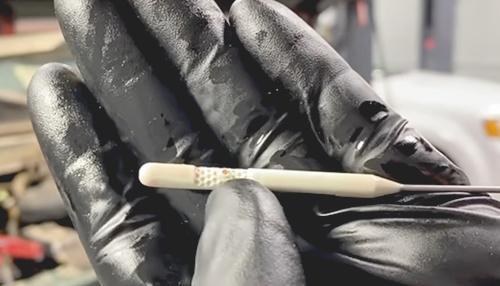
The oil in the gearbox must be changed at specific intervals in order to improve its life, usually once every 30,000–60,000 miles (48,000–97,000 km) (sometimes more – check your owner’s handbook for service intervals). You may have difficulty shifting if the transmission fluid becomes old. Your car may become sluggish or stop at red lights when you don’t change your fluids on a regular basis. To find out how often you need to change your fluids, consult your owner’s handbook; however , you can also learn how to diagnose and repair problems on your own.
- Allow the transmission fluid to warm up while leaving the engine running. Park the car on a level surface with the parking brake on. Make sure your gearbox is in “P” – Park before you go. Allow it to run until it stops by itself, then turn it off and let it cool down naturally.
- Remove the dipstick and clean it with a clean, lint-free cloth. Insert the dipstick fully and remove it to check the fluid level.
- When the transmission fluid is heated, it expands (after around 20-30 minutes of driving). When the car isn’t being driven, the level should be between the “HOT” markings. When the vehicle is cold, the level will be close to one of the sides of the “COOL” markings.
- Check for transmission problems by checking the fluid condition: a filthy substance with a burnt odor is an indication of transmission difficulties. Normally, transmission fluid should be transparent and colorless. The new transmission fluid in most vehicles is red, as seen in the photo above. It becomes brownish with age, as seen in the photograph below.
- You can see how synthetic transmission fluid looks after two years of use; it’s still clear and transparent. If the fluid appears black or cloudy, with a burned odor, it should be changed (refer to Owners Manual). Some manufacturers suggest changing it every 30,000 to 50,000 miles, while others say that it never needs to be replaced (see Owners Manual)
If the transmission fluid is low, you can fill it up. Make sure not to overfill your truck’s transmission if this happens. Only use the specified type of transmission fluid; incorrect fluids can be harmful to your automobile’s transmission.
How to Fill the Transmission Fluid on a Ford 7.3L

A 3/4-ton truck is the Ford 7.3. This means that the cargo-carrying capacity, or how much cargo a pickup can carry in its cargo bed, is three-quarters of a ton, or 1,500 pounds. The 7.3L engine has a manual or automatic gearbox as standard. The transmission, which is located behind the engine and transmits power from it to the truck’s wheels, is mounted at the rear of the engine. In order for the transmission to operate appropriately, it must be filled with fluid and kept topped up.
7.3 Powerstroke: Automatic Transmission
Step 1
Set the parking brake and put the gearbox in neutral before starting the engine. Allow at least two minutes for your truck to run.
Step 2
Remove the hood, then grasp the transmission dipstick and pull it out of its tube. The transmission dipstick is usually on the passenger side in the engine compartment, behind the hood.
Step 3
Wipe the dipstick with the rag and reinsert it into the tube. Insert the dipstick completely into the tube, then pull it out again. Examine where the transmission fluid has moistened the end of the dipstick (if at all).
Step 4
Insert the end of the transmission funnel into the tube. Add half a quart of transmission fluid to the tube. Allow for draining down of the tube after step 3, then repeat step 3 again. Repeat as needed until the dipstick is continuously immersed in transmission fluid up to and including hole number three.
Step 5
After that, while pressing down on the brake pedal, use your other foot to move the gear selector up and down in each gear of the transmission. Neutral should be restored.
Step 6
Continue on to step 5 until the transmission fluid reaches the middle mark on the dipstick.
Park the vehicle on a level surface and drive it for 15 minutes. After that, check the transmission fluid level on the dipstick. Continue with 3 and 4 as needed until the transmission fluid reaches or just exceeds the “Do Not Add” line on the dipstick.
7.3 Powerstroke: Manual Transmission
Step 1
Sidle under the truck.
Step 2
Locate the bushing (or, on some vehicles, the check/fill plug) on the transmission’s side. Look for the upper plug on the transmission case of a four-speed vehicle (passenger side), or for the lower plug on a five-speed vehicle (driver’s side). Wipe any mud or foreign debris off both of them.
Step 3
Remove the check/fill plug using a wrench or breaker bar. (If fluid leaks out while you’re removing the plug, replace it; the transmission is full.)
Step 4
Insert the pinkie finger of your hand into the hole from which the plug was removed. Remove your finger from the hole and inspect it. (If fluid is on the tip of your finger, replace the plug; the transmission is full.)
Step 5
Pump gear oil into the transmission by inserting the end of the hand pump into the hole and pumping. 2. If the check/fill plug is removed, inspect the screen for flaws or holes. While watching for any gaps, slowly pump the cylinder. Remove both the pump and check/fill plug as soon as fluid begins to ooze out of the hole.
Using a rag, wipe any gear oil that has leaked from the transmission.
What are the symptoms related to transmission fluid issues?
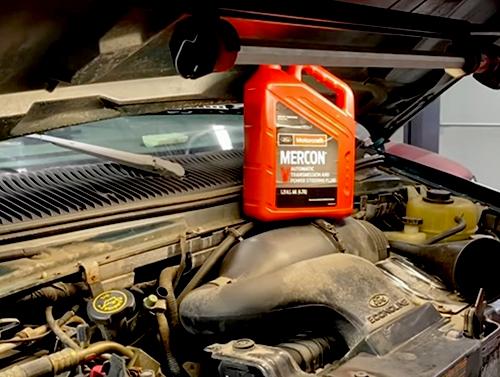
If the transmission fluid or filter becomes clogged, your car may begin to rev when you aren’t pressing on the accelerator – this is known as transmission slipping. Take your automobile in for service as soon as possible if you detect this, because the damage will only get worse. A common maintenance task is changing the transmission fluid (and, if required, the filter). Flushing the transmission is part of some vehicle’s regular maintenance; otherwise, it’s only necessary if debris is discovered in the fluid.
Can I drive with a transmission fluid problem?
It is not advised to drive a car that has passed the manufacturer’s recommended service interval. The automobile can be driven safely, but neglecting maintenance may result in much greater costs in the long run. If you’ve gone past the scheduled maintenance mileage, get your vehicle in for servicing as soon as possible.
If the car has any transmission problems that create drivability concerns or exhibit any of the symptoms listed here, it should be towed to a repair shop for analysis.


